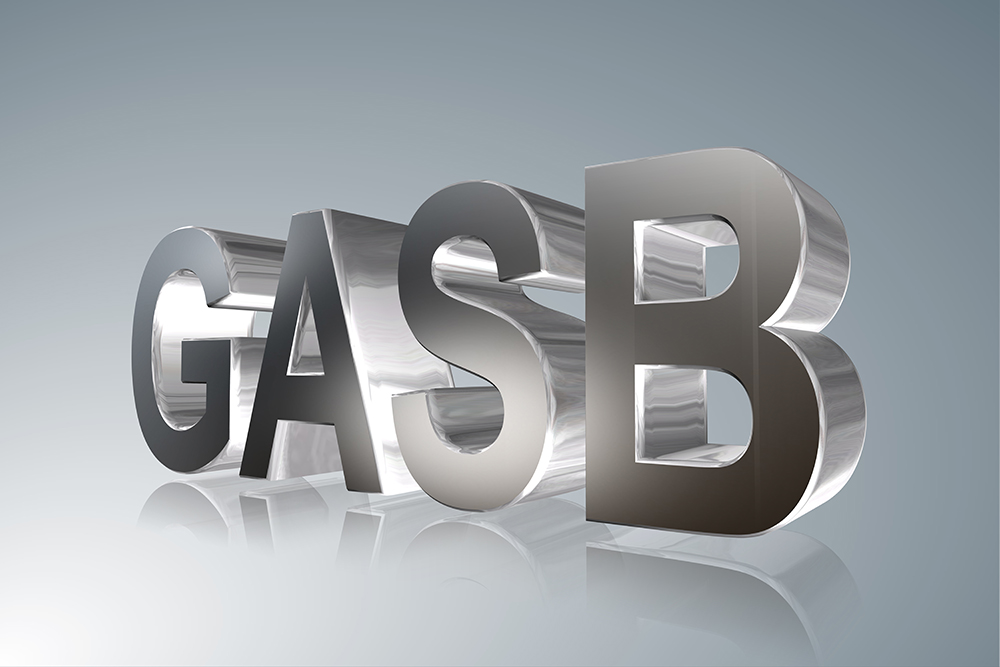The Governmental Accounting Standards Board (GASB) issued a new lease accounting standard back in June 2017, following suit with ASU No. 2016-02 issued by the Financial Accounting Standards Board (FASB) in February 2016.
The initial implementation date of GASB 87 was for reporting periods beginning after December 15, 2019. However, due to COVID-19, GASB issued Statement No. 95 delaying implementation for many standards, including Statement No. 87, which was delayed for 18 months. Now, the new lease accounting standards must be implemented for governments with June 30, 2022 year-ends and later.
This standard will put all governments’ financial reporting on a level playing field, as all governments will use a single model of reporting leases and will be required to report lease liabilities that are not currently being reported. A lessee is required to recognize a lease liability and an intangible right-to-use lease asset for leases that were previously classified as operating leases and had only footnoted the future lease payment obligations.
- At the commencement of the lease, the lease liability and assets would be recognized. The liability would be based on the present value of the future lease payments, and the lease asset would be equal to the lease liability, plus any upfront payments or direct lease costs.
- The lease liability would be reduced as payments are made throughout the lease term and recognize an outflow of resources for interest expense.
- The lease asset will be amortized over the asset’s lease term or useful life, whichever is shorter.
The lease asset and liability will be the same at the start of the lease; however, depending on payment terms and the leased asset’s useful life, they will most likely be different throughout the lease term.
The financial statements’ notes will disclose a description of the leasing arrangement, the amount of leased assets recognized, and the future lease payment schedule.
The standard also includes information on short-term leases, lessor accounting, lease modification, lease terminations, subleases, and sale-leaseback transactions.
See the full text of GASB 87.
Please contact your local Yeo & Yeo Government Services Group member if you have questions or need help implementing lease accounting.

